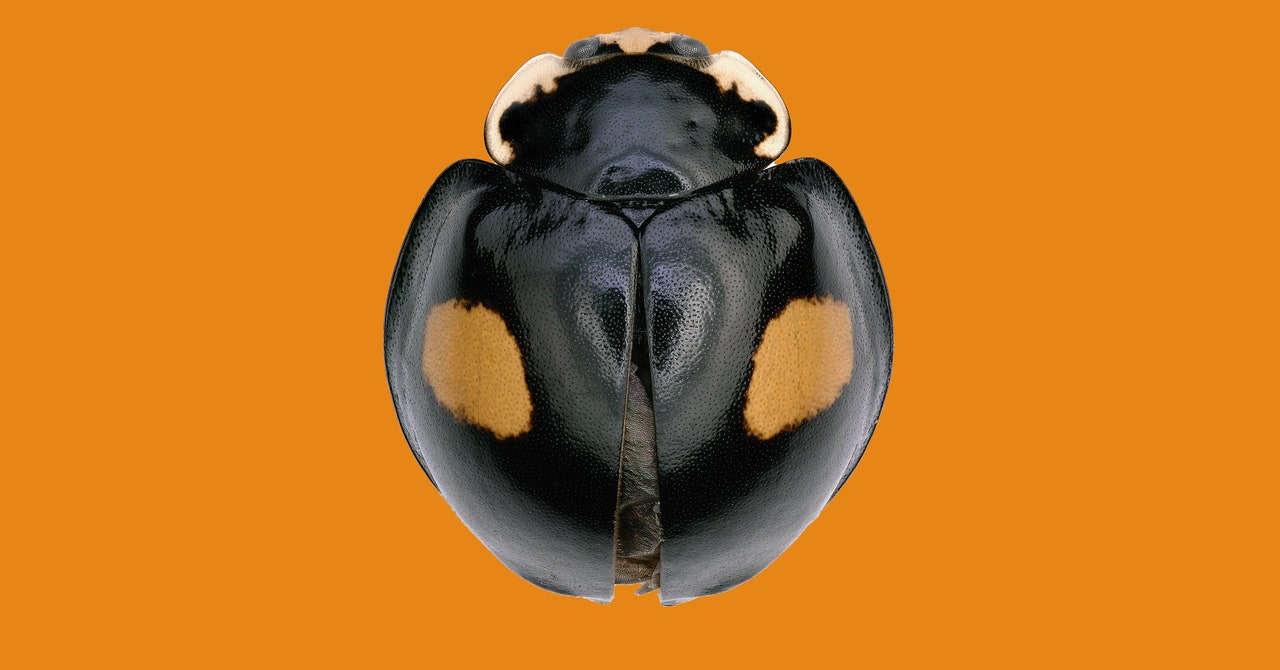When the Natural History Museum of Los Angeles County shut down due to the pandemic in mid-March, Lisa Gonzalez headed home with the expectation that she would be back in a few weeks. But once it became clear that she wouldn’t get back anytime soon, Gonzalez, the museum’s assistant entomology collection manager, converted her home’s craft room into a makeshift lab. Then she began sifting through thousands of insects the museum had previously collected via a citizen science project.
Normally, Gonzalez and other biologists would use DNA bar-coding to identify different species. It’s a multistep process that takes a few hours of chemical preparation and gives spot-on results. The museum’s DNA sequencer uses a method called polymerase chain reaction to amplify the genetic material from each insect, which then can be compared to a reference of existing DNA barcodes.
With that device back at the museum, Gonzalez switched to the analog instrument that has served biologists since the 17th century: a microscope. “It definitely makes me appreciate what scientists of the past were able to accomplish with rudimentary tools,” Gonzalez says. “I don’t have an ergonomic chair at home; I don’t have a fancy microscope. We are all feeling appreciation for things we take for granted.”
Using just her own microscope, Gonzalez identified dozens of insect species by looking at features like tiny hairs or the shape of a fly’s wings. She also found some unusual insects that she turned over to her colleague, Brian Brown, the museum’s curator of entomology. Using a larger Leica stereoscope that he hauled in from the office, as well as a smaller compound microscope he found on craigslist, Brown discovered nine species of small flies, all new to science. “It’s always cool to find new things, and it is one of the great joys of this job,” says Brown. “It’s not just finding slightly different new things—we find extravagantly different things all the time.”

